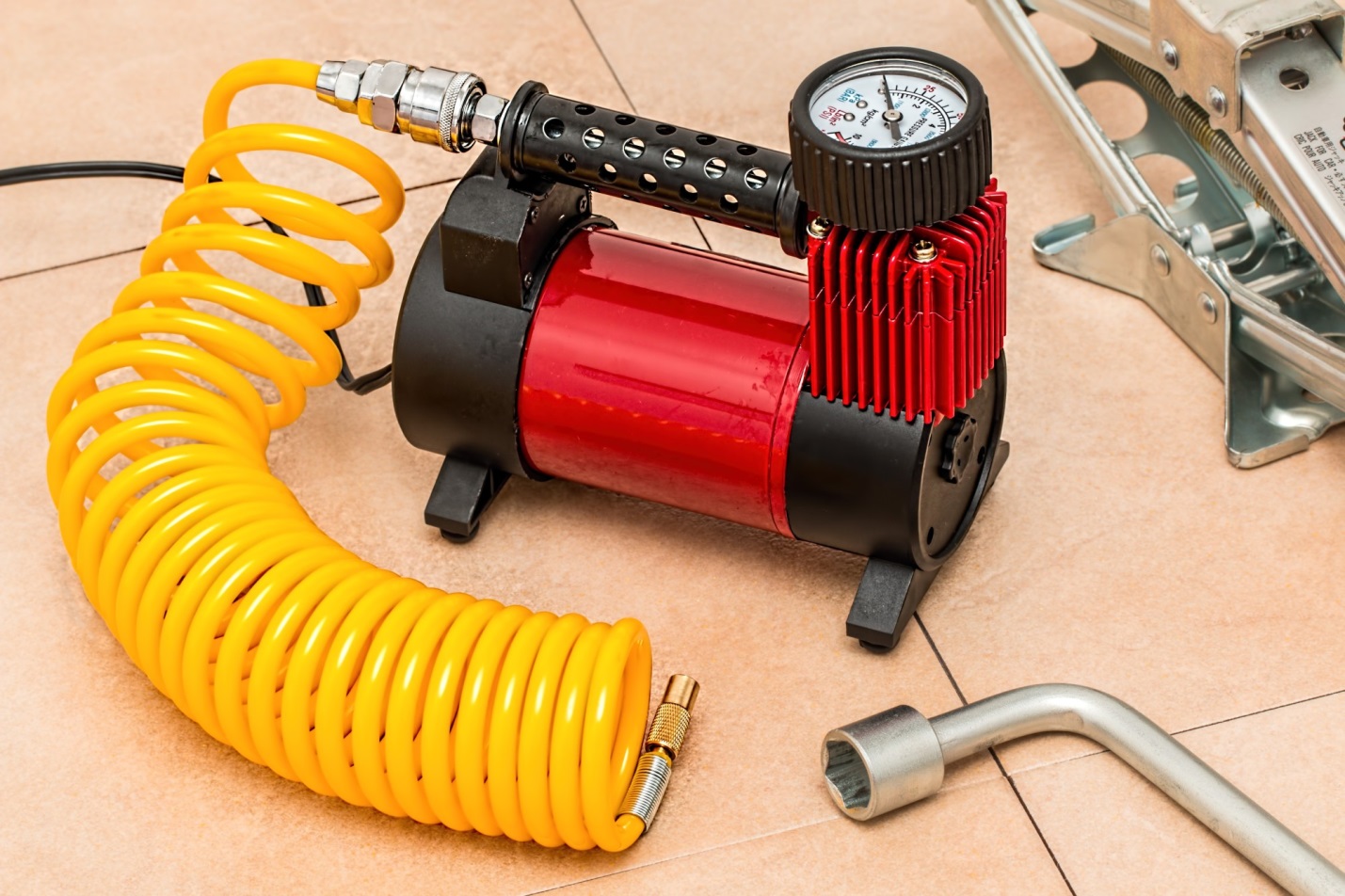Air compressors are used in various industries such as in chemical plants, refrigeration, and oil refineries. One of the promising applications is CAES or compressed air energy storage. In essence, you can store excess solar and wind energy in the form of pressurized air.
As one of the leading producers of solar energy, Arizona has plenty of uses for air compressors. But compressors aren’t limited to industries and manufacturing. Air compressors are also finding their way into home workshops and garages.
The most common and efficient type of compressor is the reciprocating compressor. Let’s take a look at how it works.
Turn on the Pressure
A compressor increases the pressure of a gas. But how does an air compressor work? If you remember your high school science, it all boils down to Boyle’s Law.
It states that the pressure of a gas tends to increase as the volume of its container decreases.
Imagine a bike pump with the end of the hose closed off. As you push the plunger down, the volume of air inside the pump is reduced. You can feel the resistance as a result of the increased pressure on the gas.
Obviously, muscle power is not enough to compress any significant volume of air. A machine is able to do this more efficiently. Air compressors get more power from energy sources such as gasoline or electricity.
Parts of a Reciprocating Compressor
The reciprocating compressor uses pistons and crankshafts to compress the air. It has a similar design to an internal combustion engine minus the spark plugs.
The chamber where the air is compressed is called the cylinder. It has two valve openings. The first is the suction valve which is where the air from the atmosphere enters the cylinder.
The second valve is the discharge valve. This is where compressed air exits from the cylinder into the storage tank.
An external motor provides the driving force to the crankshaft. It can be either electrical or gas-powered.
Start Your Engines
Once you turn on the motor, the engine will rotate the crankshaft. This rotation drives the up and down motion of the pistons.
The down motion of the piston expands the volume of the cylinder. This creates a vacuum effect and air enters via the suction valve.
When the crankshaft is halfway through its full rotation, it will begin to push the piston upward. This will start the cycle of air compression. The pressure increases until it surpasses the pressure rating of the discharge valve. The discharge valve opens and air exits the cylinder into the storage tank.
Types of Reciprocating Compressors
A reciprocating air compressor has four basic types. It’s either single-acting, double-acting, single-stage, or double-stage compressor.
In single-acting, air compression happens on only one side of the piston. There’s only one direction where compression occurs.
In double-acting, compression can take place on both sides of the piston. There are two sets of suction and discharge valves. You’ll see one set on one side of the piston and another set on the other side.
While compression is happening on one side, the other side is filling up with air. When the piston moves in the opposite direction, the processes are reversed.
For double stage compressors, there are two cycles of compression. After the first compression, the air goes to a second cylinder for further pressurization. In single-stage compressors, the compressed air goes directly to the storage tank.
Wrapping Up
A reciprocating compressor is a versatile tool with many applications. It’s a great help for your DIY projects in your home or in your garage. Knowing how it works should give you a basic idea on what to look for if you’re shopping for one.
For more of these types of articles, subscribe to our online newsletter.




